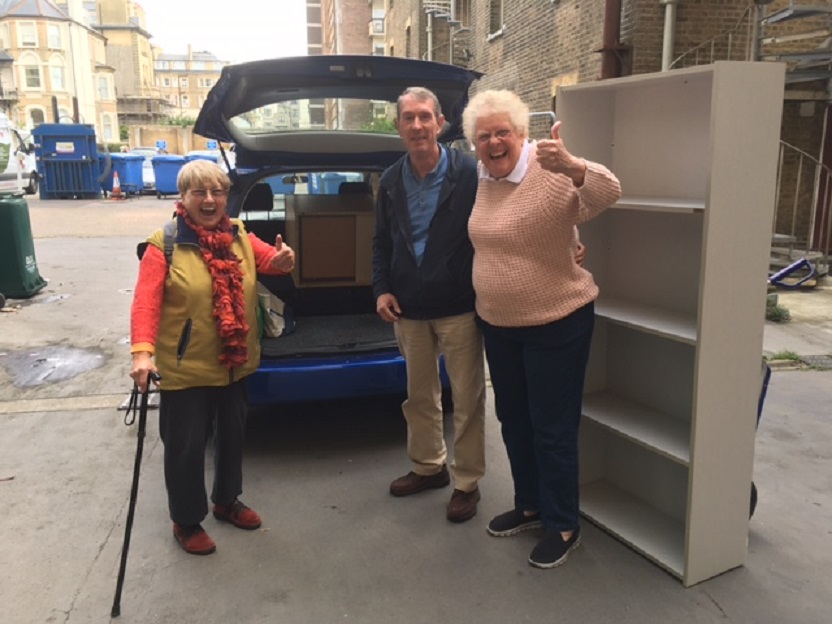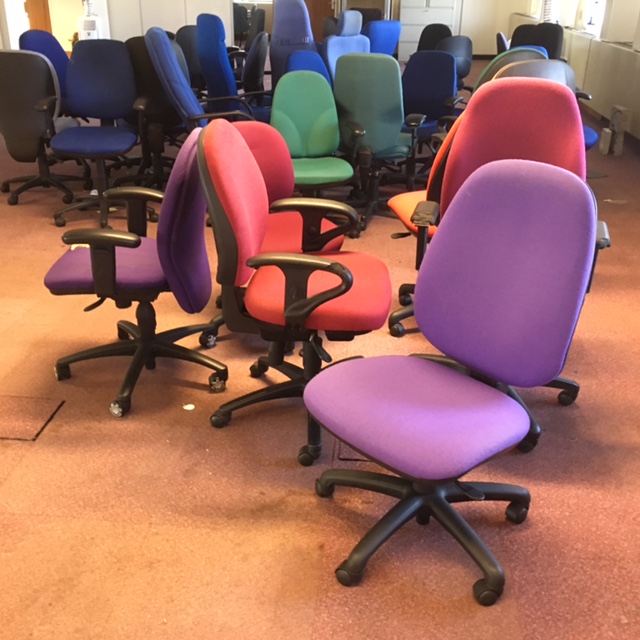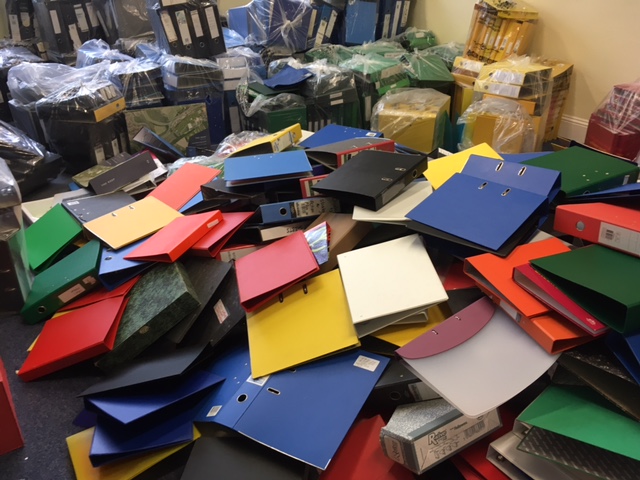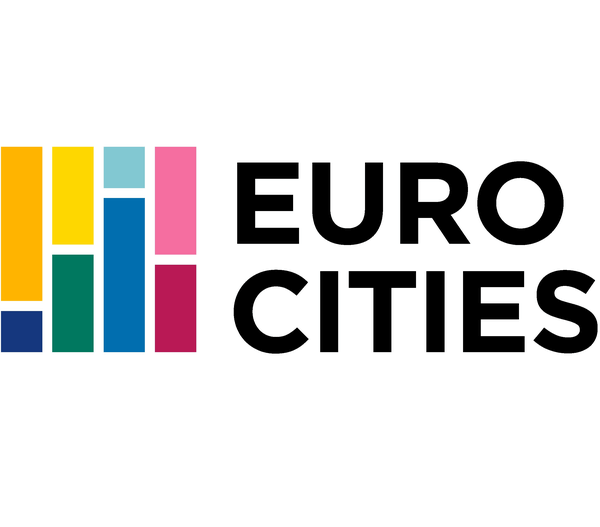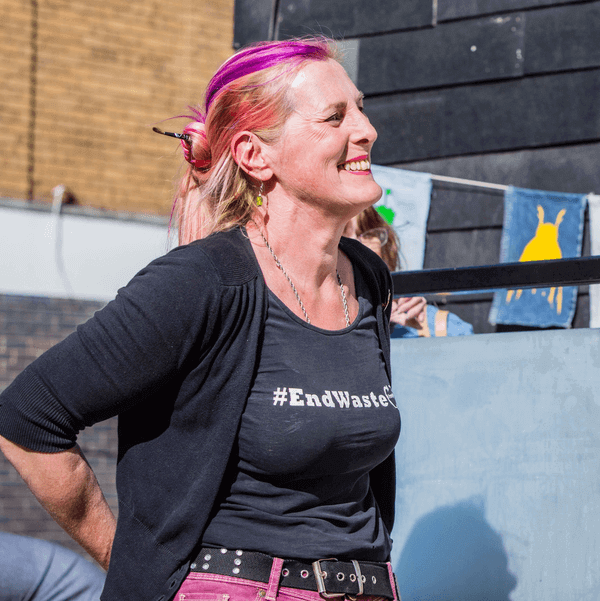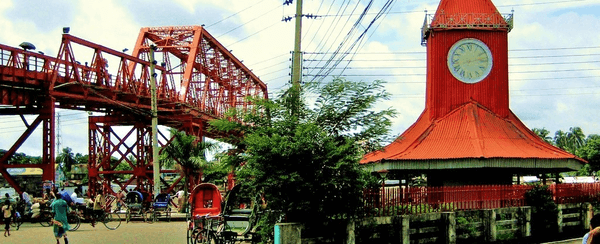Status
ongoing
50%
City
Brighton and Hove
Main actors
City Government, Community / Citizen Group, Private Sector
Project area
Whole City/Administrative Region
Duration
Ongoing since 2016
The Brighton & Hove council has implemented a programme to keep reusable goods out of the bin.
Brighton & Hove City Council has developed an innovative way to minimise waste as part of an ambitious office modernisation programme. This rigorous reuse system for furniture and equipment avoids the financial and environmental costs of disposal and brings about changes in working and purchasing habits.
The reuse project supported more than 300 charities and community groups, 50 schools, 500 individuals, 150 businesses, 4 international projects and 30 tonnes of furniture for the Royal Sussex County Hospital. It has also resulted in some truly innovative and inspiring transformations - filing cabinets were turned into planters, in trays became sunglasses and a ceiling was created entirely from ring-binders.
Originally published by EUROCITIES, the network of 130 European cities: http://wsdomino.eurocities.eu/eurocities/allcontent/Brighton-Hove-pioneers-reuse-model-WSPO-AXJERX
Eurocities Awards
This project was shortlisted for the 'Eurocities Awards' in 2017 in the following category: Participation.
On Map
The Map will be displayed after accepting cookie policy
